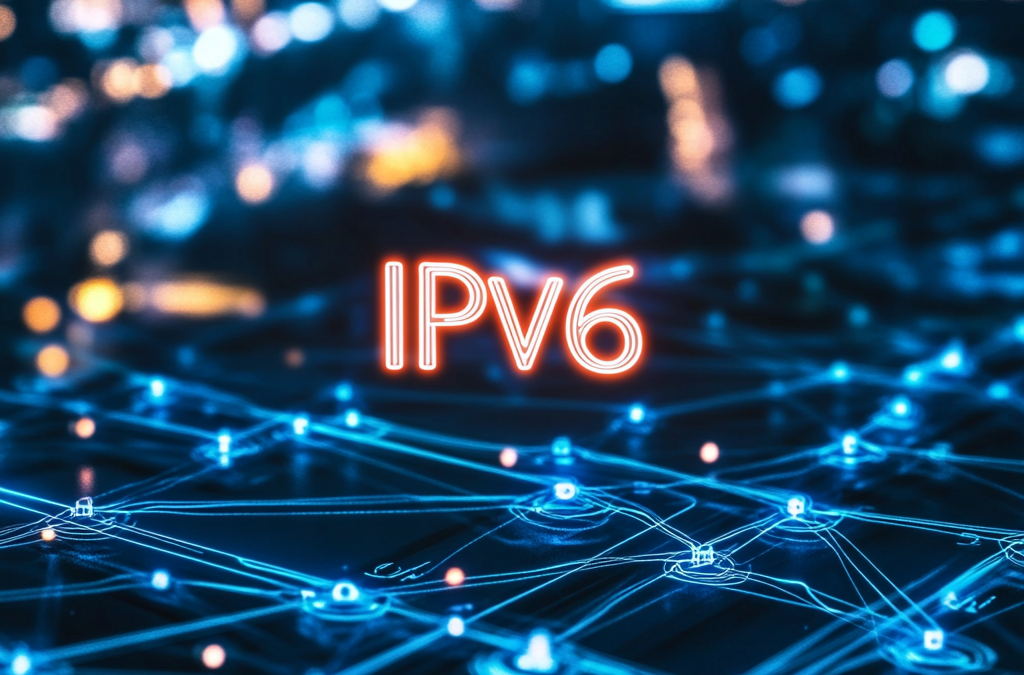You’ve optimized your content, segmented your lists, and even experimented with send times—but there’s one powerhouse element that often flies under the radar: IPv6. This isn’t just another tech upgrad. Curious? You should be!
IPv6 Decoded
IPv6, or Internet Protocol version 6, is the latest version of the IP protocol that identifies and locates systems on networks, routing traffic across the internet. Born from the need to address the impending exhaustion of IPv4 addresses, IPv6 was developed by the Internet Engineering Task Force (IETF).
It is designed to replace IPv4, which, as of 2021, used to handle over 96% of internet traffic globally. This is akin to using an old flip phone when everyone else is on smartphones. The switch from IPv4 to IPv6 is more of a marathon than a sprint, and the transition is ongoing. It’s like upgrading your city’s infrastructure while everyone is still driving on the old roads.
Why IPv6 is the Email Sending Revolution We’ve Been Waiting For
Imagine you’re trying to fit a growing crowd into a small room—IPv4. Now, think of IPv6 as a sprawling stadium with ample space for everyone. IPv6 supports an astronomically larger number of unique IP addresses than IPv4, facilitating more devices to connect and send emails. It’s like expanding your guest list from a small house party to a massive festival.
Let’s talk about addresses now. IPv6 addresses are often assigned hierarchically, helping to pinpoint the email’s origin. This is a boon for combating spam and phishing, making it easier to trace and block malicious emails. Picture a postal system where every package comes with a detailed return address, making it easy to track its journey.
How IPv6 is Changing the Game
The vast pool of IPv6 addresses helps avoid the common pitfall of IP blacklisting. When an IPv4 address is blacklisted, all emails from that address risk being flagged as spam. With IPv6, you have more IP addresses to play with, reducing the chances of blacklisting.
Moreover, the hierarchical nature of IPv6 addresses can enhance email authentication. Protocols like SPF, DKIM, and DMARC can leverage IPv6’s structure to better verify sender identities, boosting your email’s chances of landing in the inbox rather than the spam folder.
The Impact of IPv6 on Email Deliverability
IPv6 is the ingredient your email strategy needs. By providing a more extensive pool of IP addresses, it mitigates the risk of blacklisting and supports robust email authentication practices. The hierarchical assignment of IPv6 addresses aids in the precise identification of email sources, enhancing trust and deliverability. Imagine each email as a well-packaged gift, complete with a return address and authentication stamp, ensuring it reaches its intended recipient.
Why IPv6 is the Key to Unlocking Tomorrow
Looking ahead, IPv6 adoption is set to rise as the IPv4 address pool continues to deplete. This shift will significantly impact email sending and deliverability, enabling more devices to connect and send emails effectively. It’s opening new frontiers in a world running out of space, giving everyone room to grow and communicate.
As IPv6 becomes more prevalent, expect to see advanced email authentication protocols leveraging its unique features. This evolution will further enhance email deliverability and combat spam and phishing more effectively. Imagine a future where every email is a trusted communication, free from the shadows of spam and deceit.

